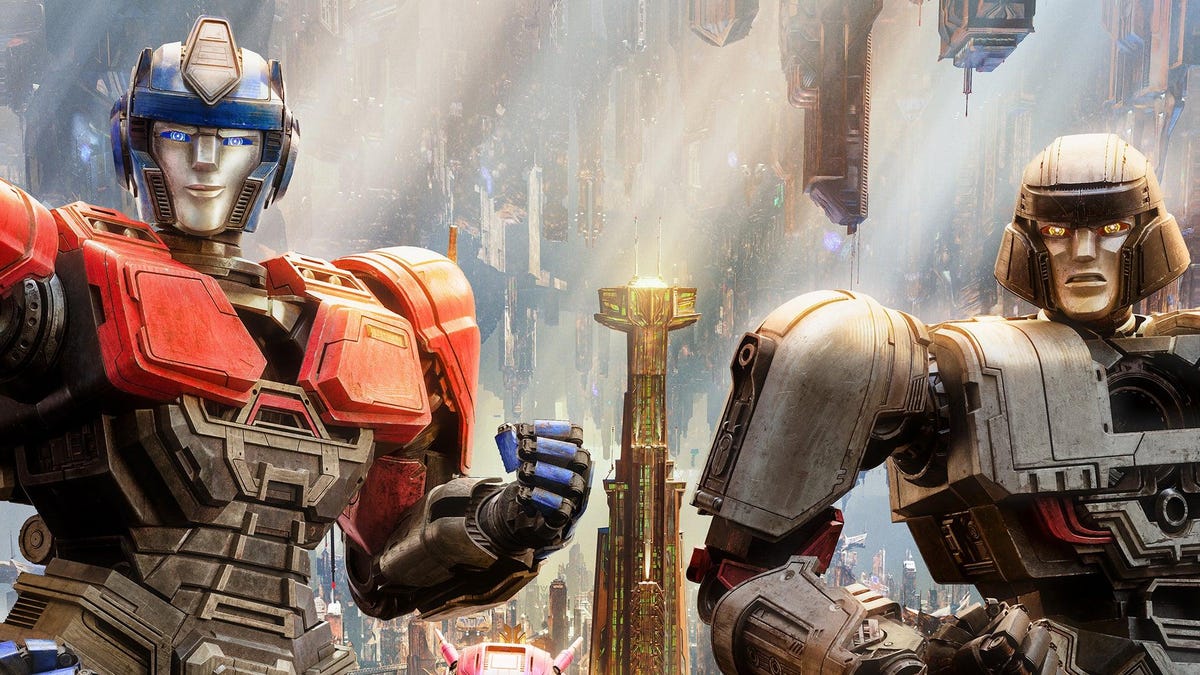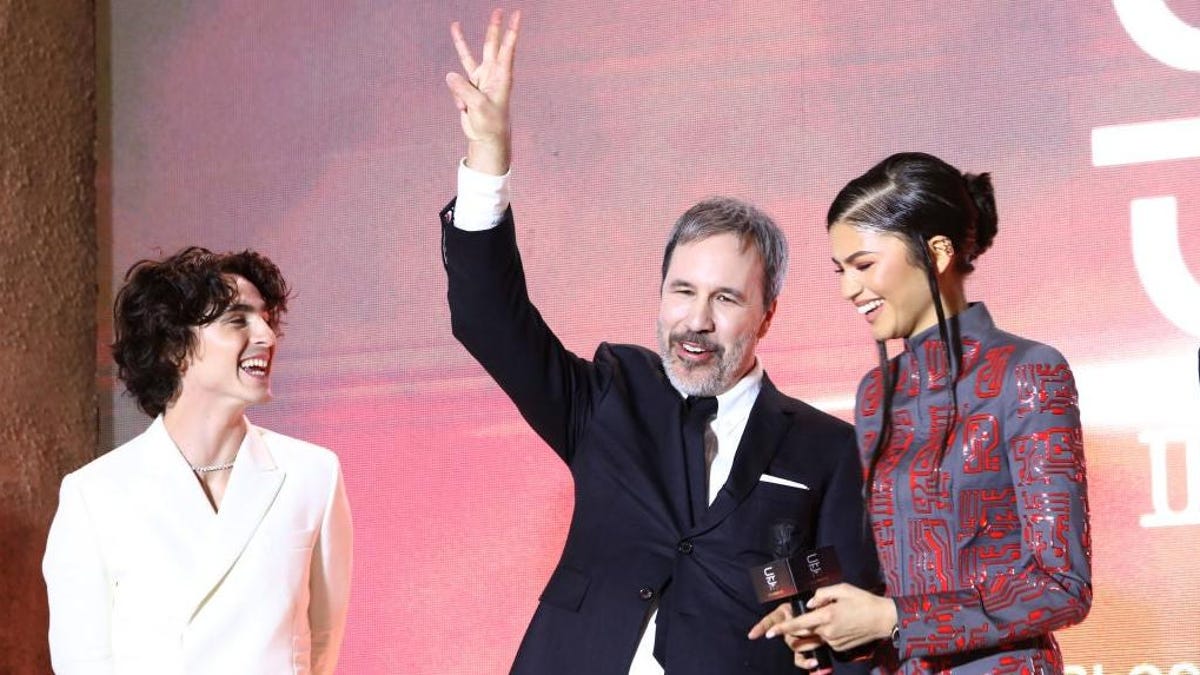The Inevitable Departure of Key OpenAI Figures
On a recent day, it was not just Ilya Sutskever, the former Chief Scientist and co-founder of OpenAI, who made an exit from the organization. Sutskever was accompanied by his colleague Jan Leike, who served as the co-lead of OpenAI’s “superalignment” team. Leike’s departure was announced through a straightforward post on his personal account.
Leike commenced his tenure at OpenAI in early 2021 with enthusiasm for the company’s endeavors in reward modeling, particularly aligning #gpt3 based on human preferences. His involvement in projects at OpenAI was evident through his contributions to the company’s blog post and his personal Substack account “Aligned.”
Before joining OpenAI, Leike had a background in working at Google’s DeepMind AI laboratory. The repercussions of the departure of these two significant figures from the superalignment team have sparked speculations about the future course of OpenAI’s ambitious goals involving artificial general intelligence.
The Concept of Superalignment
Large language models like OpenAI’s GPT-4o, as well as competitors such as Google’s Gemini and Meta’s Llama, operate in complex ways. Ensuring their consistent performance and eliminating undesirable responses necessitates the alignment of these models, achieved through machine learning techniques.
The notion of superalignment entails an advanced effort to align even more powerful AI models, surpassing the existing capabilities of today’s systems. OpenAI introduced the superalignment team in 2023, highlighting the necessity for governance institutions and alignment techniques to guide superintelligences.
Notably, OpenAI announced its commitment to allocate a substantial share of its computing resources to advancing superalignment efforts, demonstrating the organization’s dedication to this critical aspect of AI development.
The Implications of Recent Departures
With the exit of Sutskever and Leike, uncertainties loom over the fate of the superalignment team and its ongoing projects. The decision to continue or redirect resources previously assigned to superalignment remains to be seen. Insights suggest varying perspectives within OpenAI regarding existential risks posed by AI, affecting strategic decisions within the organization.
While debates on AI safety persist, the departure of key figures holds implications for the future focus of OpenAI and its alignment strategies. The evolving landscape of AI governance calls for innovative solutions and collaborative efforts within the industry.
We look forward to updates from OpenAI regarding the trajectory of the superalignment team and the organization’s approach to AI safety in light of recent developments.
Image/Photo credit: source url





